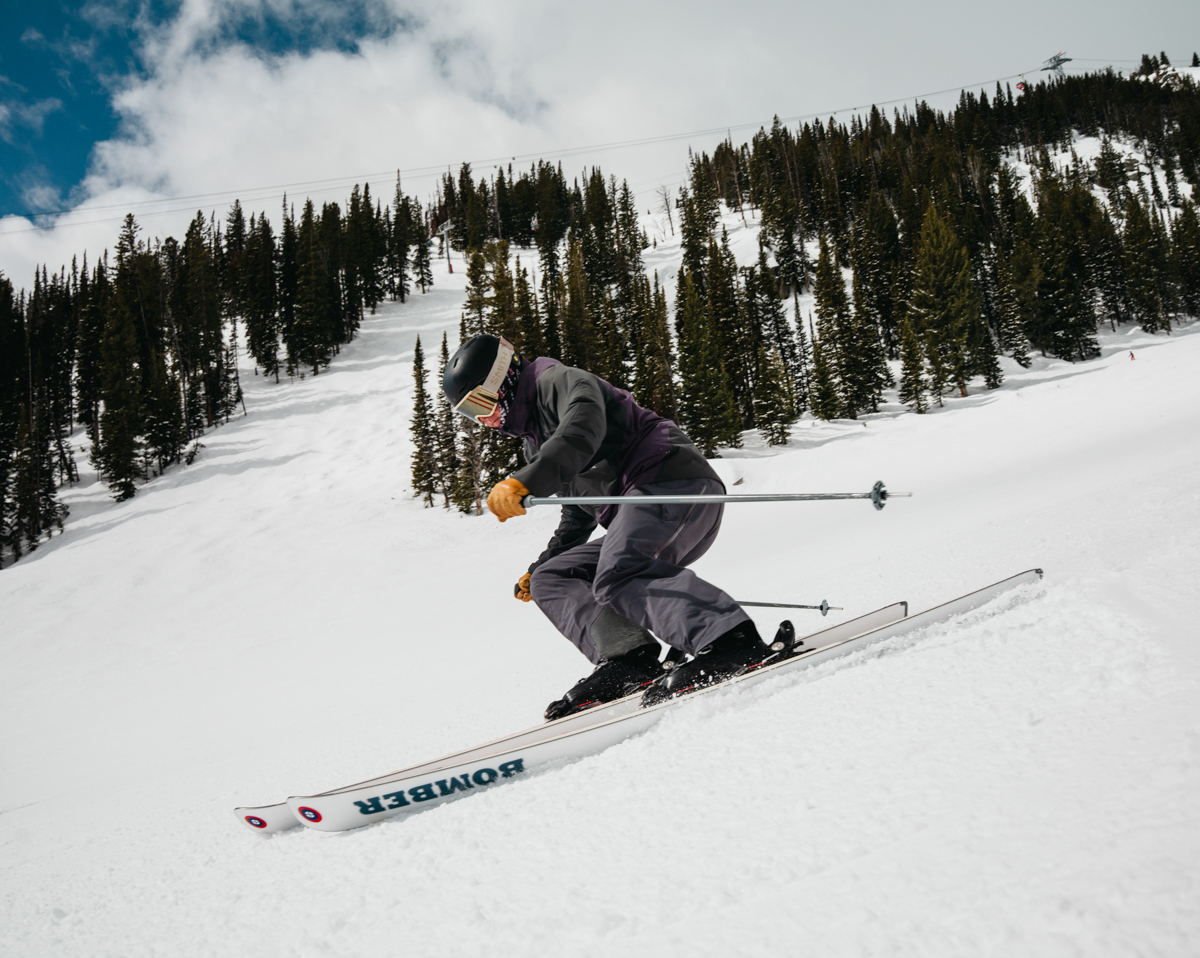Bomber Ascent 95P: Delivering Race-Ski Feedback
The Bomber Ski Ascent 95P is built around a lightweight but high-performance architecture: a paulownia wood core reinforced with carbon fiber and triaxial fiber, with Titanal under the binding for added energy and stability. The “95P” refers to a 95 mm waist width (129/95/117 mm) and side-cut radii around 18 m at 165 cm, 21 m at 175 cm and 23 m at 185 cm. Current spec sheets put the 175 cm version around 3,300 g/pair. .
The ski is marketed as a “touring + descent” model: “Our lightest weight model, these quiver skis are engineered for downhill balance and control, with uphill capabilities for those who enjoy the flexibility of the occasional uphill climb.”
On-Snow Feel & Performance
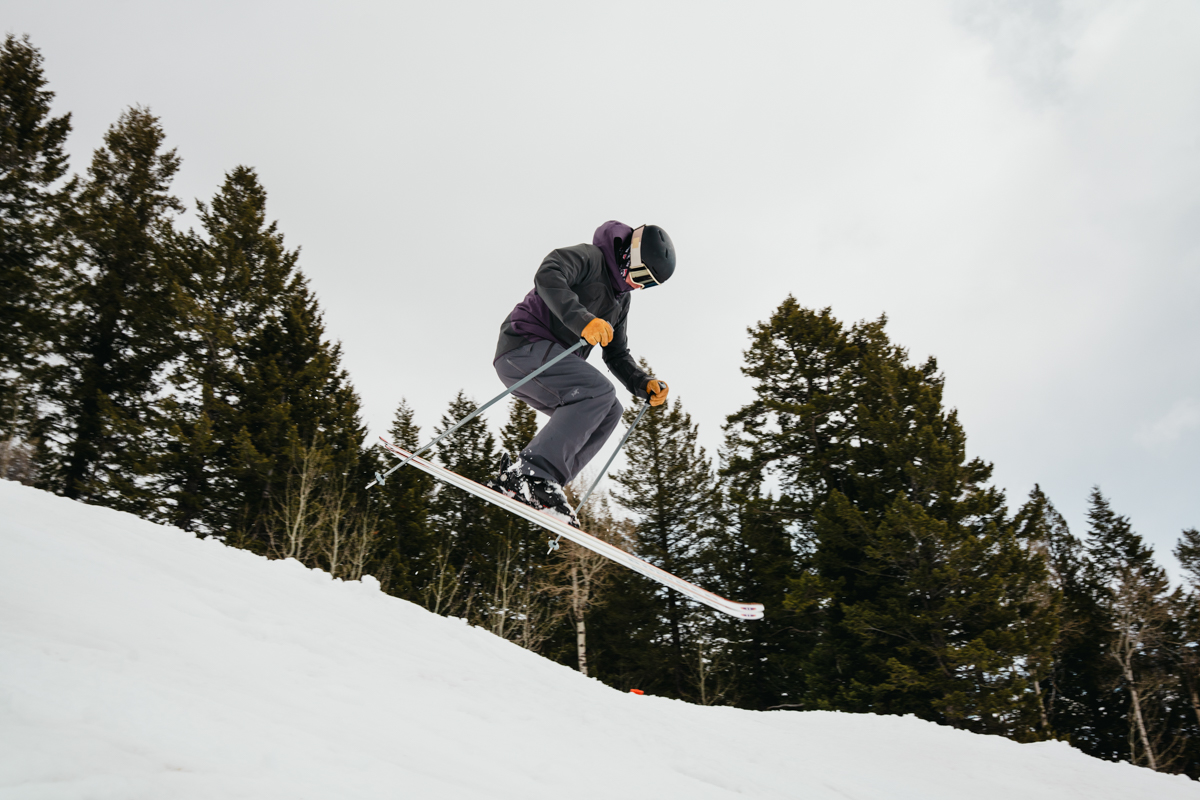
In real-world use, the Ascent 95P presents a strong descent-focused feel. Its construction gives it substantial stability at speed — which is great for aggressive skiers who prioritize that over a playful, casual ride. You will feel when you load it up and drive hard into a turn, this ski will hold its own. It is very stable, especially at speed.
However, the “touring-capable” label feels somewhat optimistic if you expect an ultralight ski that pivots effortlessly in tight trees or bounces through bumps easily. While it floats well in softer powder snow, in choppy terrain or mogul fields it was an unforgiving experience. It doesn’t have that buttery, forgiving playfulness of other descent focused touring skis.
In firmer snow or higher speed carves the Ascent 95P shines, but in mixed terrain where quicker transitions or playful surfing is required it shows its more directional, aggressive nature.
Turn Shape & Flex
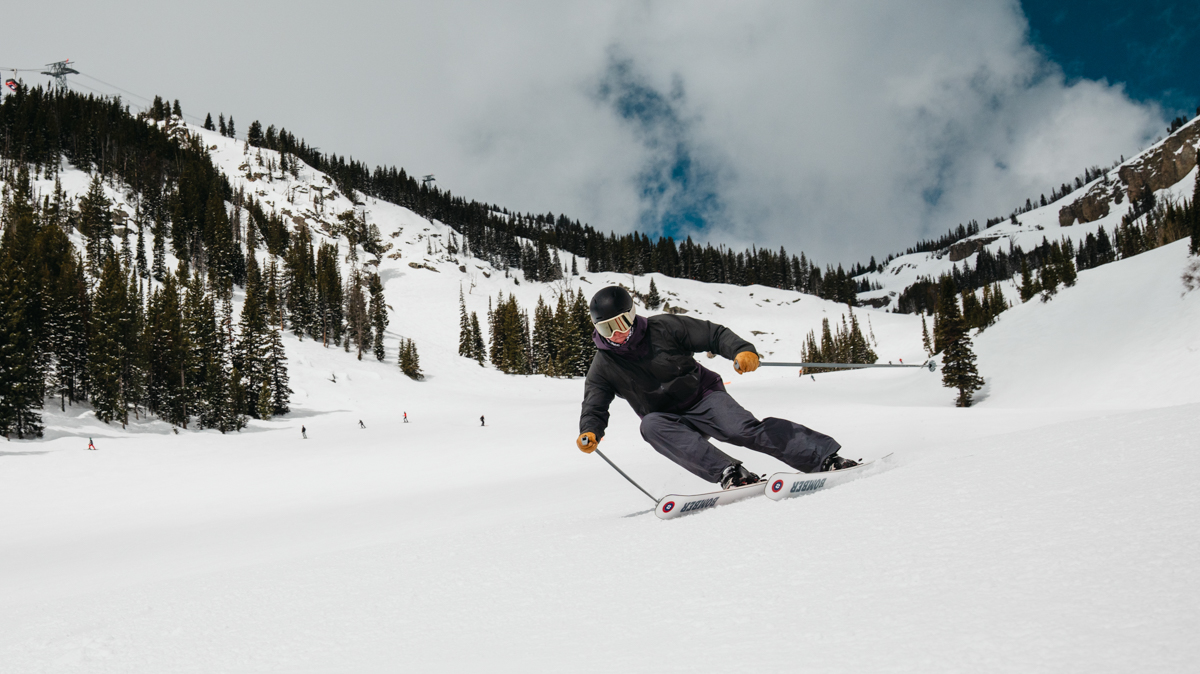
In short, this ski is stiff. If you’re the kind of skier who attacks runs, blasts through variable snow, and wants the ski to follow without feeling floppy, you’ll appreciate this build.
On the flip side: that stiffness means the ski isn’t as forgiving in slow speed or tight radius turns, or when the snow gets uneven and you need to adjust mid-turn. You’ll likely feel the weight and need to commit — which is fine if that’s your style, but it limits the versatility for a wider range of skiers.
Mounting Recommendation
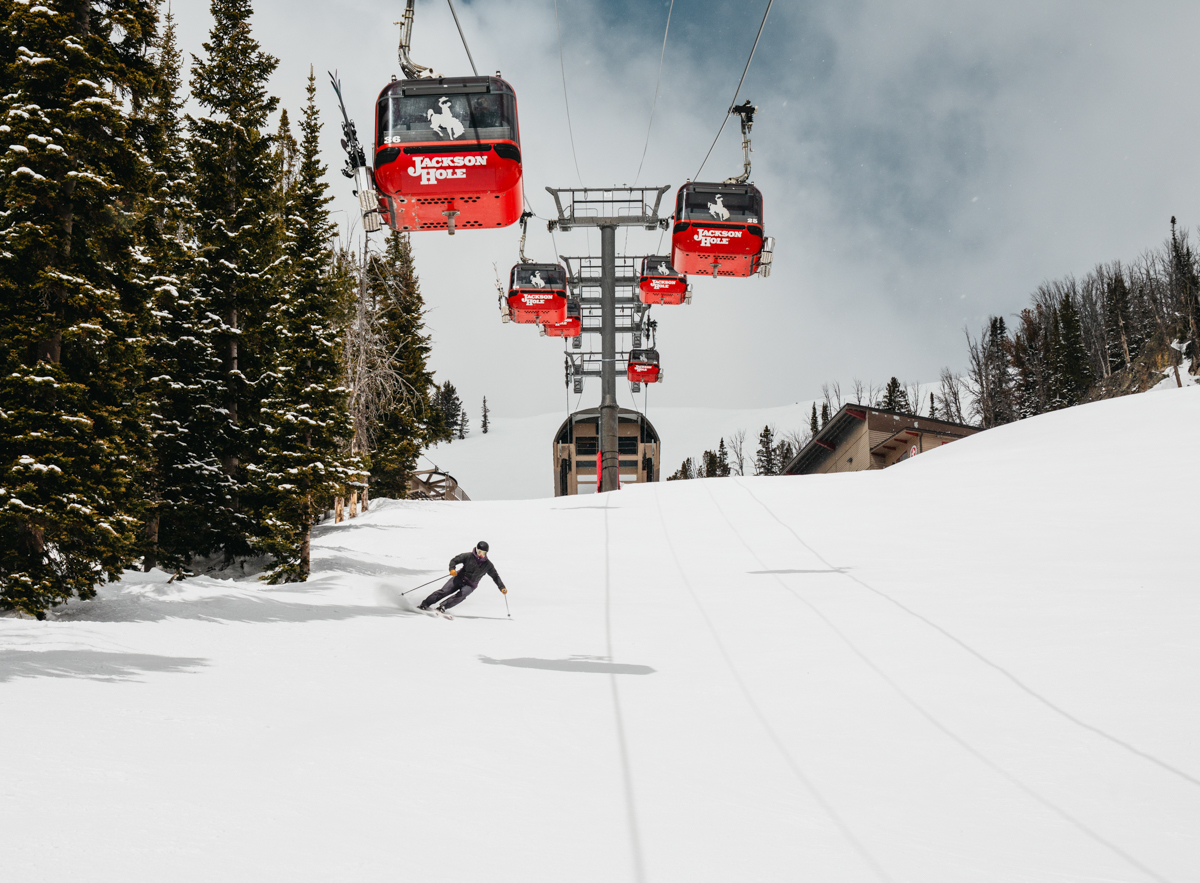
Given the ski’s aggressive, high-energy character, I would recommend mounting bindings very close to manufacturer recommendations (i.e., near the default line). Moving the binding significantly forward might reduce tail energy and make it feel less stable at speed; moving backward might reduce tip drive and make it surfier, which could stray from the ski’s strong suit.
Because this ski leans performance-downhill, you want to preserve the drive and stability. If you ski primarily aggressive, fast lines you might even consider a forward-mount bias to stay on top of the ski, but beware of reducing the tail’s bite and overall stability.
Ski Editor / Gear Guru Take:
by Marty Guinta
This ski holds some personal history for me, as it was part of the rental fleet at the shop where I worked at the base of Jackson Hole Mountain Resort. As the name and marketing suggest, this is a “touring” ski, but I have always viewed it as Bomber’s more approachable all-mountain offering. Its construction opts for paulownia wood and carbon, rather than the typical Titanal and a stouter wood core.
That said, this ski is still capable, but to echo Ricardo’s point, it lacks versatility across all conditions and terrain. It tends to favor carving bigger turns rather than being playful or nimble. Considering its weight, it’s impressive how well it charges down the mountain, but I would likely prefer it mounted with Alpine bindings rather than touring bindings.
I’ve found Bomber skis deliver a Cadillac-smooth ride compared to the sportier Porsche feel of the Kastle MX line. If you’re looking for a fairly lightweight package and the near $2000 price tag doesn’t deter you, the Bomber Ascent 95P is definitely worth considering.
Pros & Cons
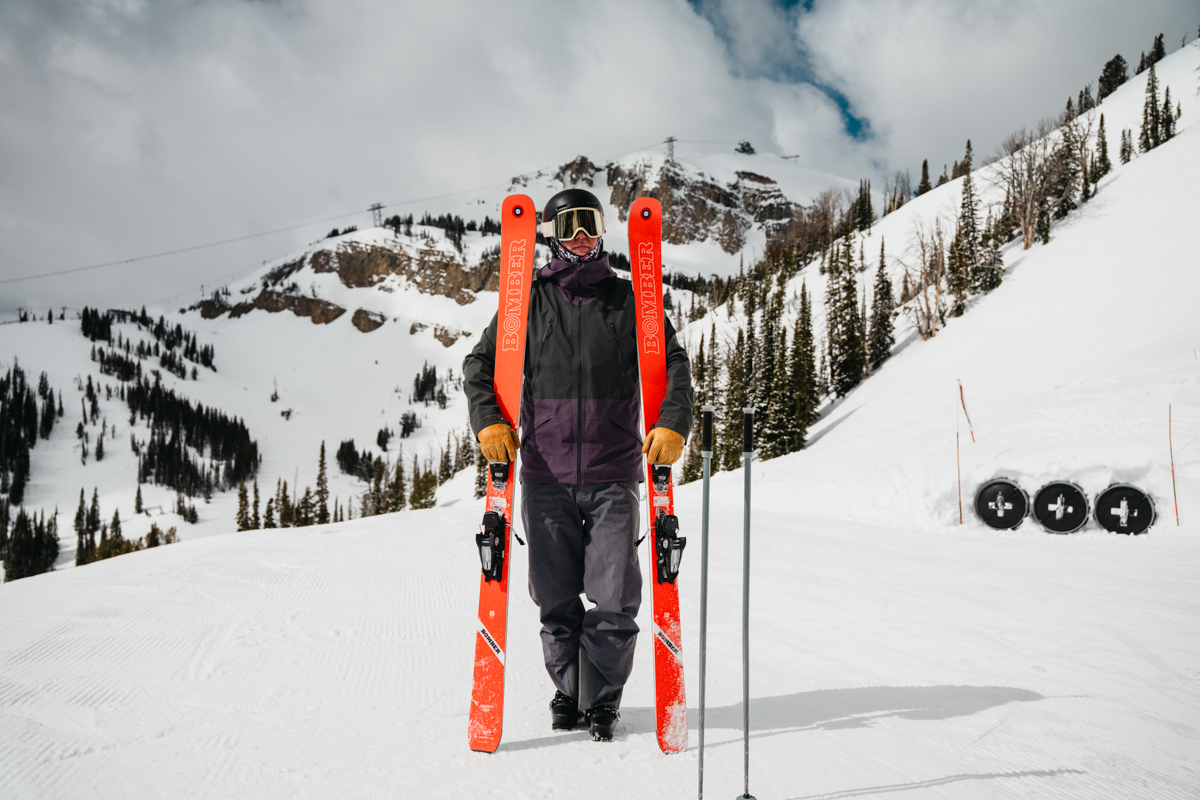
Pros:
- Excellent stability at speed; for the aggressive skier, the Ascent 95P delivers confidence in the turn.
- Premium build quality (paulownia core, carbon, Titanal) gives it a robust descent feel.
- The 95 mm waist hits a “sweet middle” width for many skiers. It’s wide enough to float and float through some softer snow, yet narrow enough to stay relatively agile on firmer terrain.
- The Orange colorway, while not for everyone, stands out and aligns with the premium aesthetic of the ski.
- Good for skiers who want one ski that can handle hard charging descent while still being light enough to carry or skin the occasional uphill pitch.
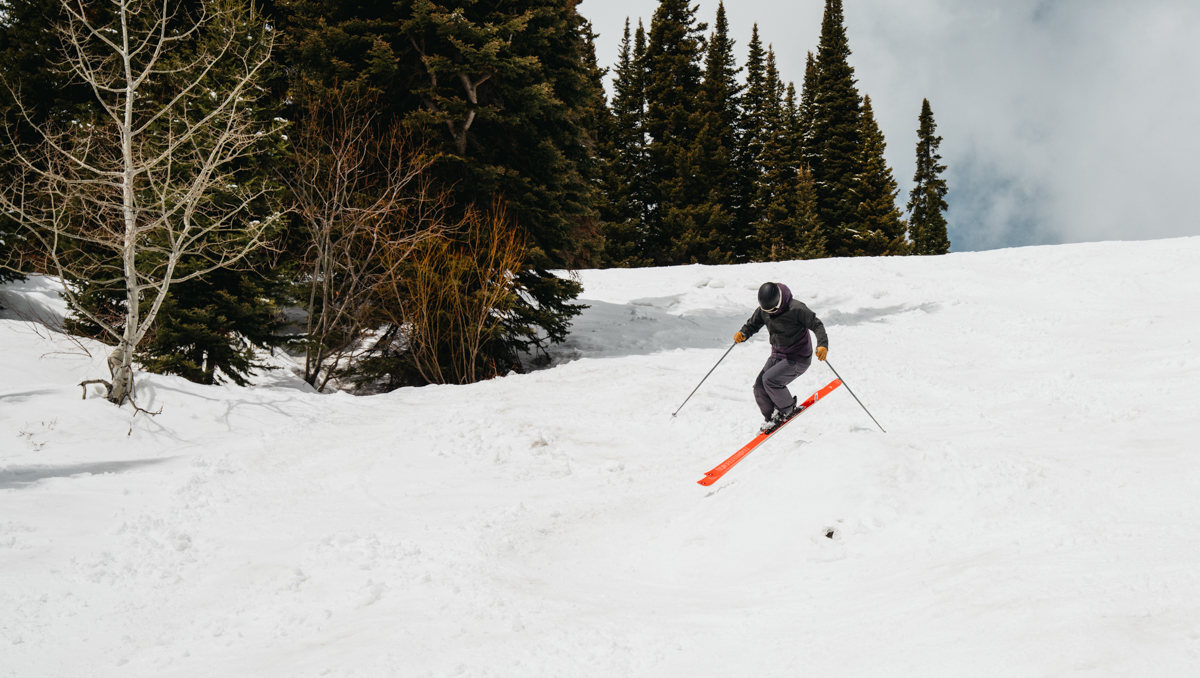
Cons:
- It has a narrow use case in that many people who are looking for an all-mountain, tourin capable ski will likely want something lighter with a more versatile flex.
- Tougher in bumps or choppy snow — the stiffness and moment of inertia work against you when the terrain becomes uneven or very technical with small radius transitions.
- Because it tries to bridge “uphill capable” and “performance down” it doesn’t fully shine in either extreme: it’s heavier than ultra touring skis; it’s less playful than dedicated all-mountain freeride skis.
- For skiers mostly on groomers, or prioritizing ease, pivoting, playful skiing, they may feel over-built or “too much ski” in slower conditions.
Overall Impression
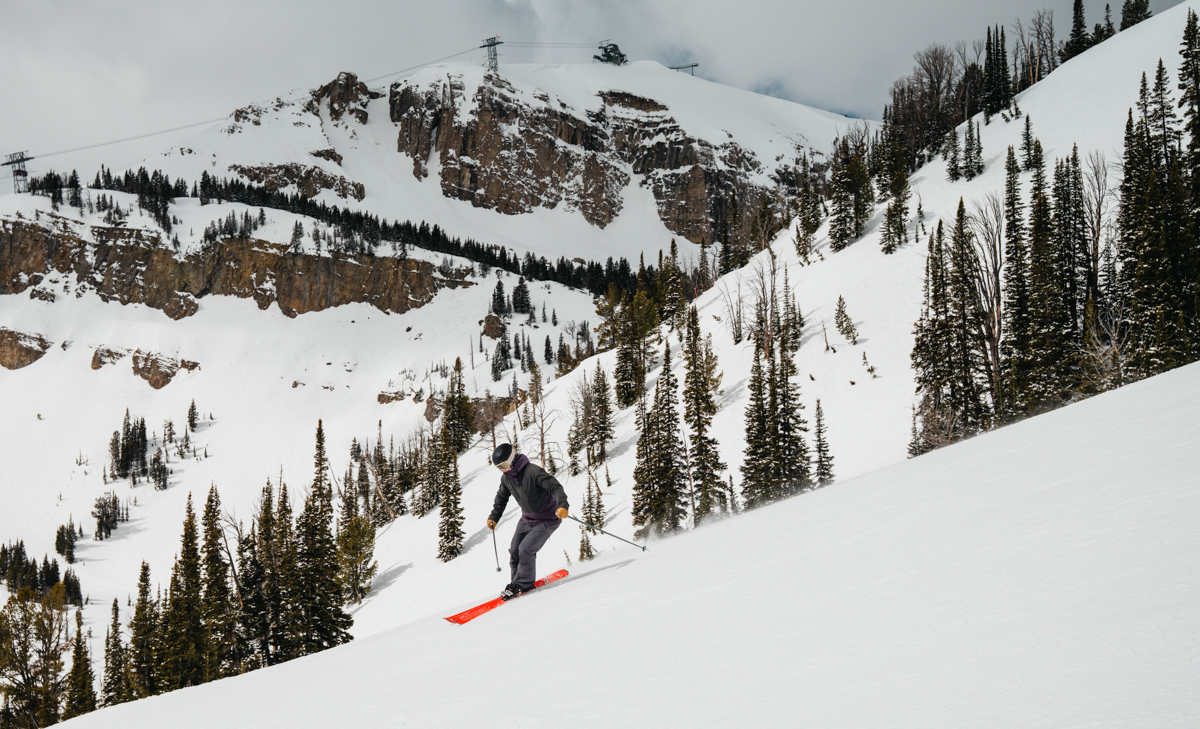
If I were to summarize: the Bomber Ascent 95P Ski ($1,900) is an excellent choice for the skier who wants one ski that can tour up when needed but doesn’t sacrifice descent performance. It balances weight savings, versatility and performance in a way few skis do and suits strong, committed skiers who demand stability and precision.
For advanced to expert skiers who spend time at speed, on mixed terrain with occasional uphill’s, and want a premium build, this ski is very compelling. However, for someone seeking a more playful, lighter, all-mountain ski (especially for resort days, park/pipe, or more casual skiing) the trade-offs here might steer them elsewhere.
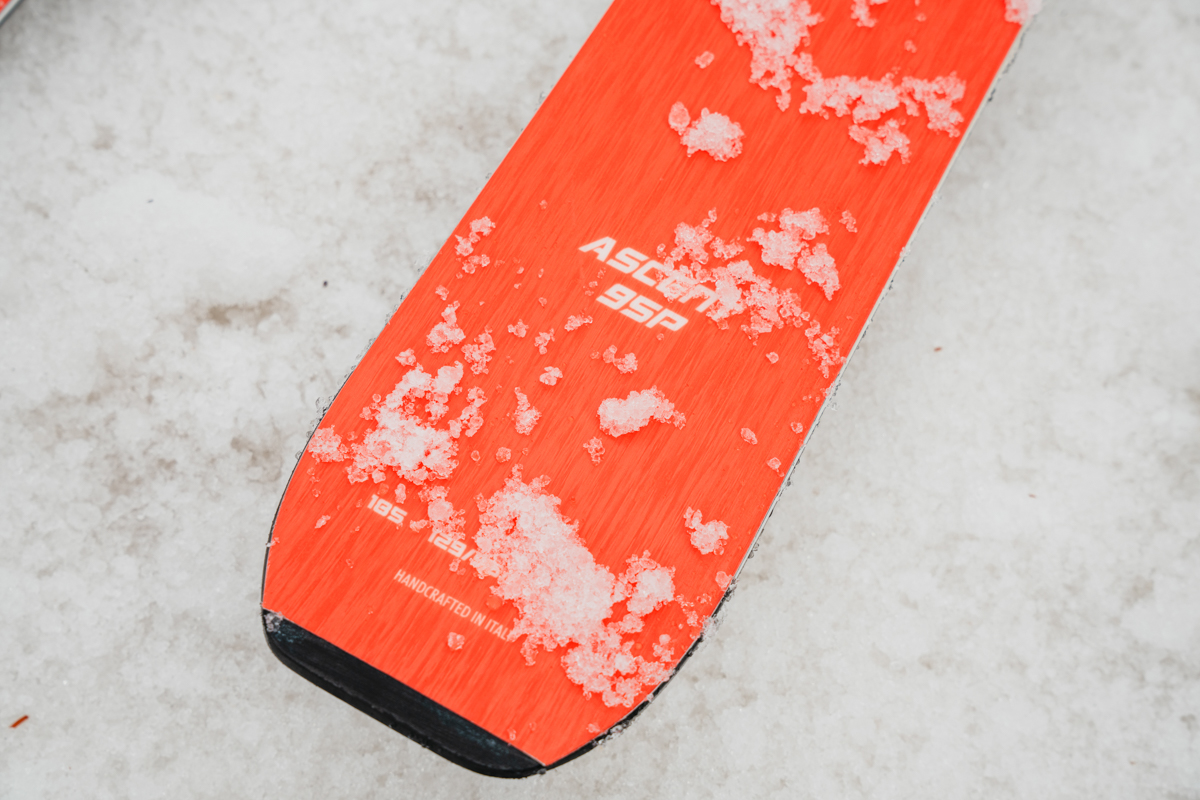
In summary, the Bomber Ascent 95P is designed for a very specific type of skier—someone who appreciates the stiffness, precision, and feedback of a race ski but wants to apply that same performance across a wider range of conditions. It feels like the perfect fit for an East Coast racer looking for a Rocky Mountain “do-it-all” ski that can even handle the occasional tour. That’s a tall order for any ski—especially one at this price point.
Bottom line: If you are in the aggressive camp and looking for that high-performance descent feel with some uphill capability, this might be the ski for you. If your style is more playful, relaxed, or you want the ski that handles everything without much compromise, you might look elsewhere.

